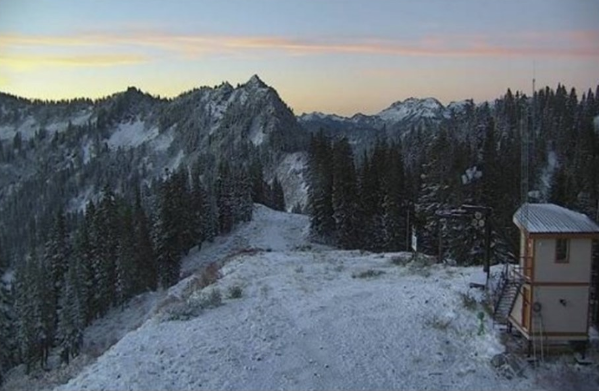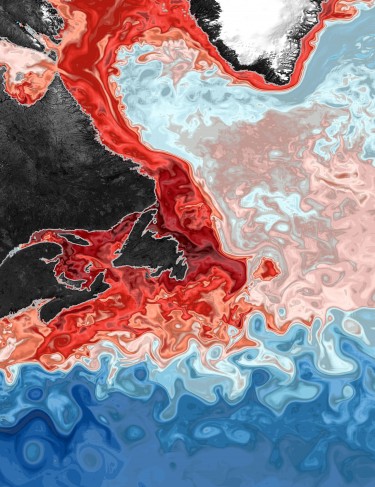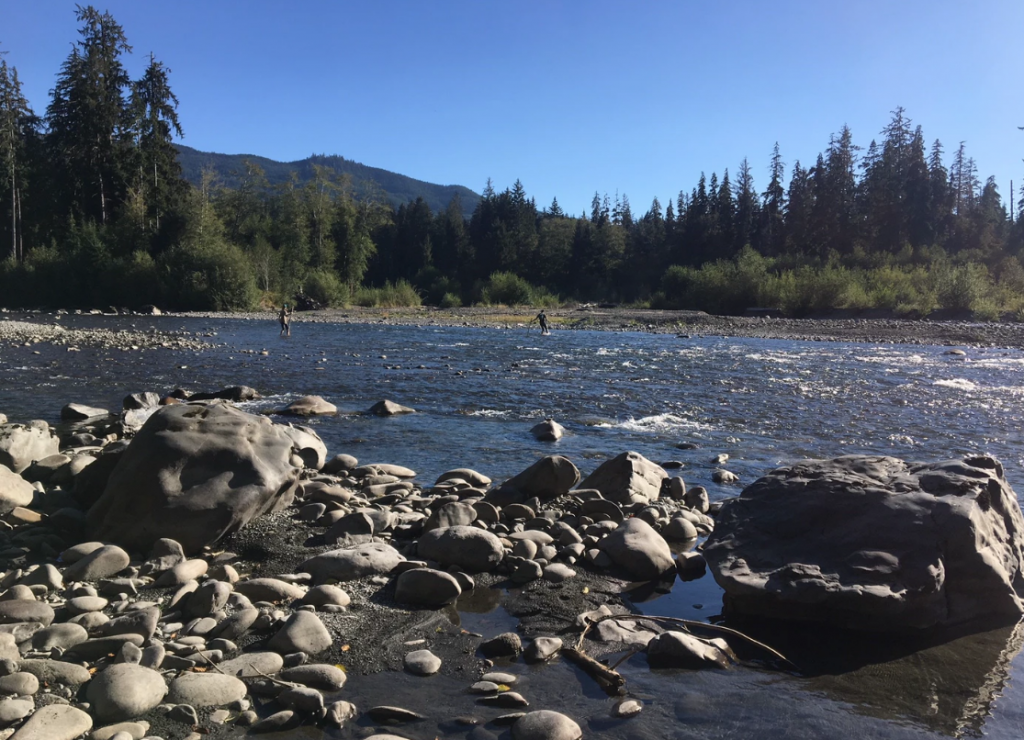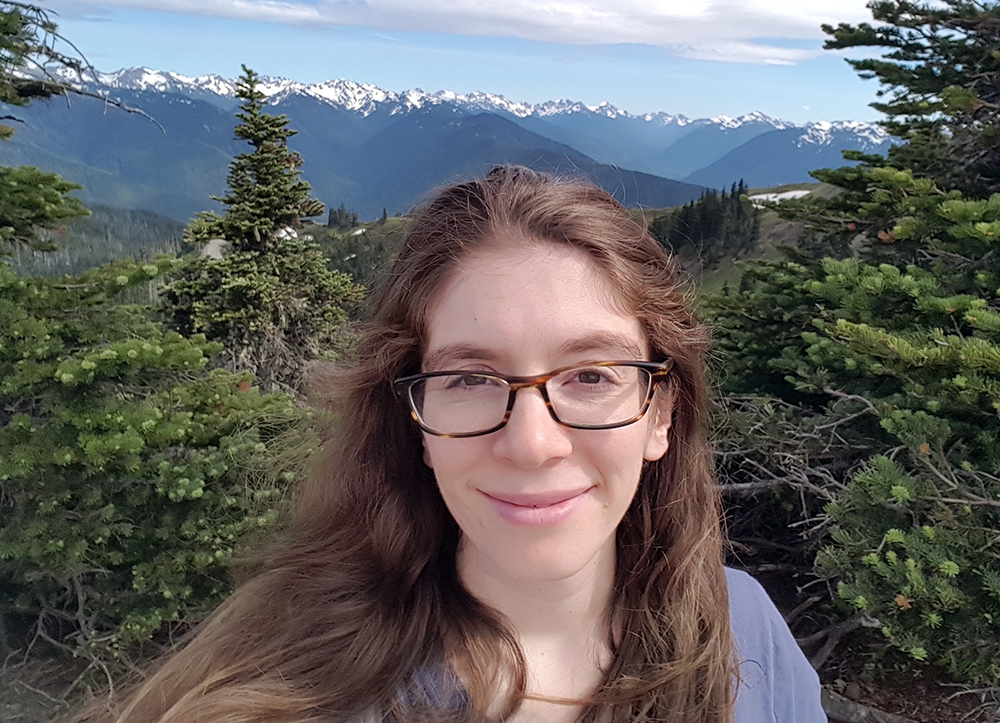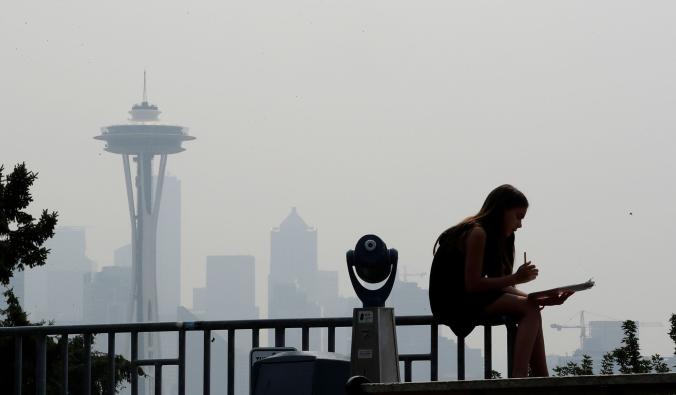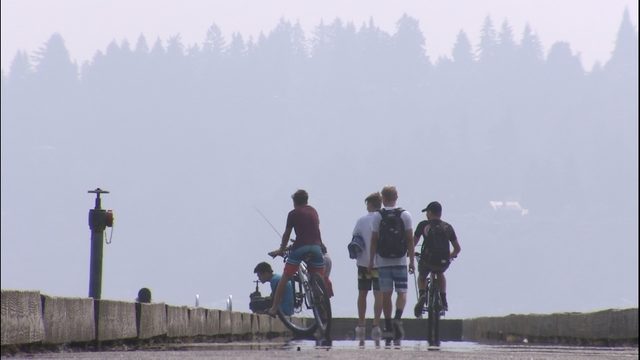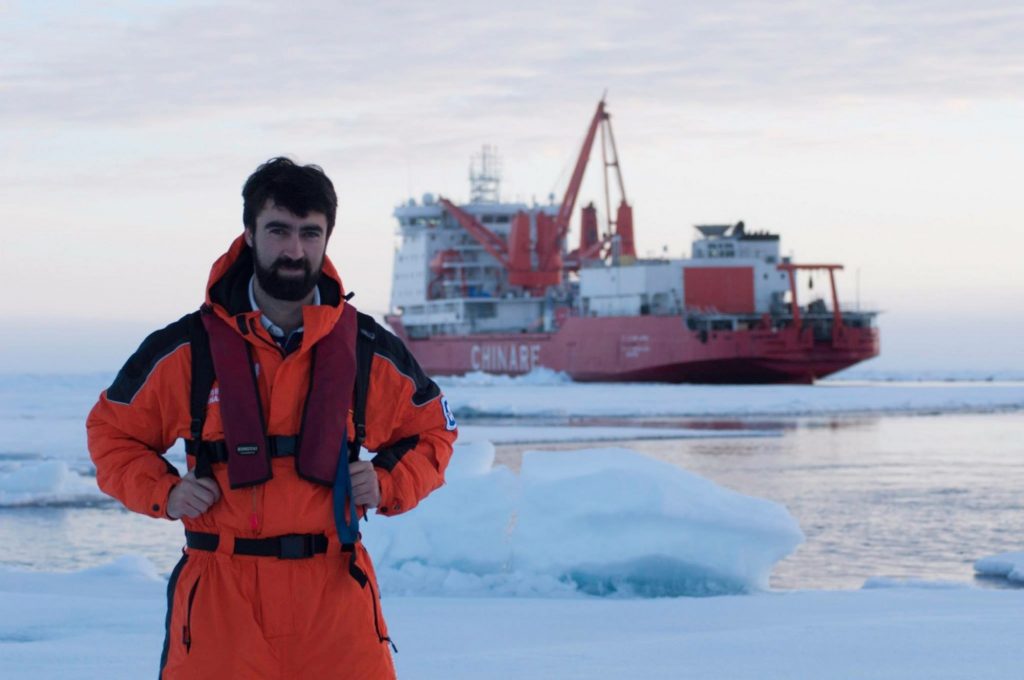El Nino Winter Could Mean Warmer Temps, Less Snow in Inland Northwest
El Nino winters often bring warmer than normal temperatures and below normal snowfall. That would mean warmer and drier temperatures for the months of December, January and February in the Inland Northwest.
Watch interview with Nick Bond at KREM 2A Climatologist Gives a Look Into the Cause of Hurricanes
JISAO’s Nick Bond joins New Day Northwest and gives updates on Hurricane Florence and talks about the cause of these massive storms.
Watch video at King5 New Day NorthwestShift in Large-Scale Atlantic Circulation Causes Lower-Oxygen Water to Invade Canada’s Gulf of St. Lawrence
By Hannah Hickey, UW News
The Gulf of St. Lawrence has warmed and lost oxygen faster than almost anywhere else in the global oceans.
Climatologist Talks El Nino, the Blob, and Climate Change
By Katie Frankowicz, The Daily Astorian
Imagine a hangover that lasts for years.
In 2013 and 2014, a mass of warm water formed off the West Coast.
Driest Summer in a Century Offers Taste of Seattle’s Future
By John Ryan, KUOW
You can only get to the lush rainforest of the Queets Valley on the rare occasions when it hasn’t rained recently and the Queets River isn’t too deep to wade across without being swept away.
Continue reading at KUOWStaff Spotlight: Hannah Horowitz
Postdoctoral Research Associate
Hannah Horowitz is a postdoctoral research associate at JISAO funded by an NSF Atmospheric and Geospace Sciences postdoctoral research fellowship.
Wildfire Smoke Makes Seattle and Portland World’s Dirtiest Cities
By Craig Welch
For now, two of America’s cleanest cities have dirtier air than the most polluted cities in Asia.
El Nino Winter Predicted for Pacific Northwest
By Glen Farley
JISAO’s Nick Bond, the Washington State Climatologist, explains what an El Nino winter could look like for the Pacific Northwest.
Are Smokey Summer Skies the New Normal in Seattle?
By Graham Johnson, KIRO 7
At Log Boom Park in Kenmore, the view of Lake Washington on Tuesday was mostly lost in the haze.
Staff Spotlight: Andrew Collins
Andrew Collins joined JISAO in August of 2016 as a research scientist working the Marine Carbon group.
Read more
